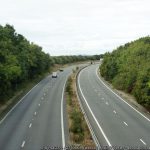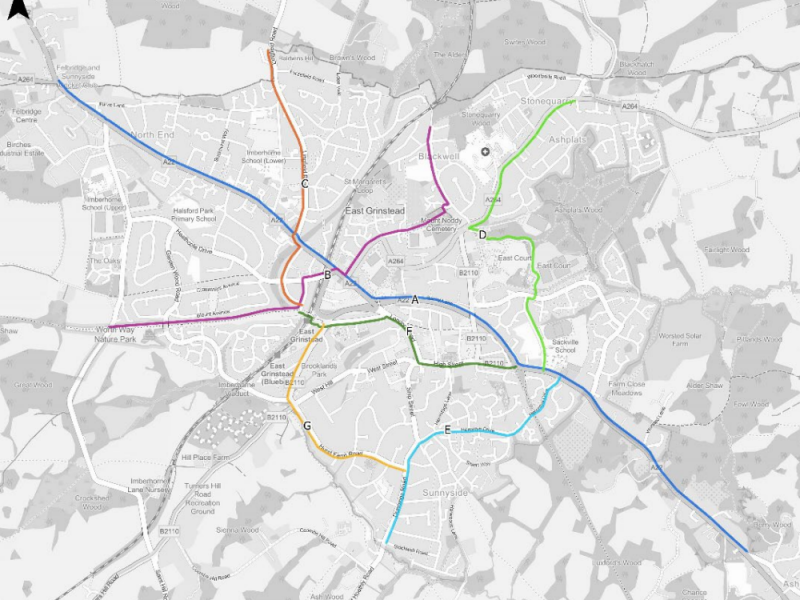West Sussex County Council has announced the largest EV chargepoint deployment by any Local Authority in the Country. Connected Kerb has been appointed by the council to deliver the roll out of chargepoint in the county along with running the service for 15 years, with an option to extend by a further 5 years. 62 Companies expressed interested at the contact, with 6 submitting a tender.
The first on-street charge points will be rolled out in areas with high levels of on street parking, as residents without their own driveway currently have to depend on private public chargers away from their homes.
It is expected there will be over 7,000 publicly accessible charge points by the end of 2030, with over 44,000 EVs dependant on public charge points out of the expected 161,000 EVs in West Sussex. In addition to the 7,000 chargepoints, it is planned that there would be over 300 rapid chargers across the county from the current 9.
The installation and operation of the network requires no capital funding from the county council, with the installation being privately funded. Profits from charging will split between the operator (Connected Kerb), the council & land owner (if applicable). However in areas which may not be economically viable to privately install charge points, funding could be provided by the Office for Zero Emission Vehicles (OZEV) to provide charge points in these areas.
Goals of the EV charger Rollout
- Consistent feel & signage across the county
- Will use standard plugs (Type 2 connectors) and not three pin plugs
- Charging points will be at least 7KW as any less is impractical for charging larger batteries
- Minimal street furniture & clutter
- All will be dual connectors due less clutter, unless unfeasible
- Creation of charging bays marked with green paint and “Electric Vehicles Only”
- Time related use restrictions dependent on location & use
- Signage to be kept to a minimum and be clear about costs
- Chargers will not be installed on lighting columns due to being set back from the kerb and would require cables to go over the pavement. Also Ownership / Maintance of the columns are set out in contract and be expensive to change. Also in most cases would be limited to 2KW due to the wiring not designed for large loads.
- Users will only pay for energy used
- Charging points to be east to use via contactless payment (PayG) or via a pre-registered account for regular users
- In areas, parking fees may be waivered or reduced
- Whole network to use one backend system which must use open standards to allow transfer to another backend system is users are receiving a low level of service.
- Charging Points to be supported by apps and websites such as ZapMap
- Charge Points to use renewable energy where possible
- Potential for smart charging to balance the load on the grid
- Points to be provided in areas that need them and not to encourage additional car usage
- Points to be available 24/7 (not locked over night car parks)
- Urban sites should be well lit and have CCTV
- EV charging Bays to not replace current designated bays such as disabled / motor cycle, although some EV disabled bays will be provided
- EV charging Bays only to be installed where it is safe to do so
- EV charging Bays will not impede current & planned highway works
- On Street Chargers to be located on the kerbside of the footway to reduce the space they take up
- On Street Chargers will not be installed in areas where the installation will restrict access for the footway or other road users
Residents can let the council know where they would like to have chargepoints on the Connected Kerb Website.



